HighFleet – Review
Fast Facts
HighFleet
Developer: Konstantin Koshutin
Publisher: Micropose
Website: https://www.microprose.com/games/highfleet/
Genre(s): Strategy, Post-Apocalyptic
Platform: PC
Age Rating: N/A
Release Date: 27.07.2021
Price: £23.79
A code was provided for review purposes
Introduction
HighFleet is a hard-core strategy title that’s been developed by Konstantin Koshutin and published by MicroProse. Combining a rich strategic element with tactical air combat, and resource management, HighFleet will either see you save your nation or watch its hope burn in the harsh desert sun.
So, strap yourself in, kiss your loved ones goodbye as we delve into the harsh world of – HighFleet…
Story
HighFleet is set within an alternate looking Earth. Some time in the game’s past, Humanity attempted to venture into space. However, this venture failed and systematically brought doom to the planet. Now a desert wasteland, the once-proud nations battle for resources high in the skies above. As Empires clash for resources, a small rebellion begins to take place.
Your role in HighFleet is to lead your forces during a crucial time in this war. As a commander for the Romani Empire (think alt Russia) it’s your mission to crush the rebelling houses and capture an experimental power reactor. However, completing this task is no easy feat. From the get-go, you’ll be hunted by a well-equipped strike force, who’ll utilise everything in their power – and I do mean EVERYTHING – to see you fail.
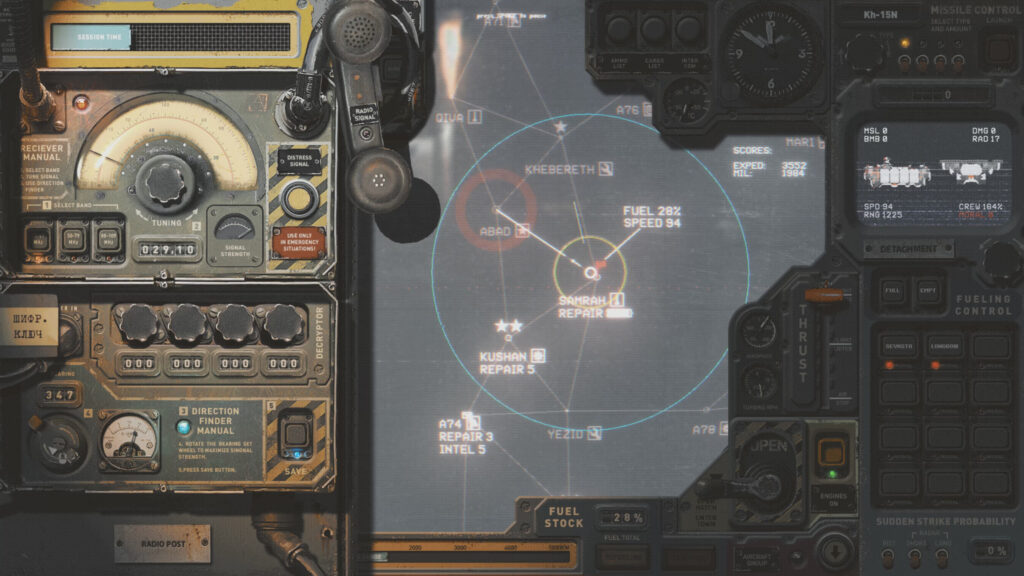
Gameplay
To an extent, HighFleet plays a lot like Silent Hunter. You’ll spend a lot of your time tracking distant radio signals and radar signatures as you plot your course and play cat & mouse across the desert air. This is all performed via a top-down viewpoint that’s filled to the brim with equipment. Every dial, switch, and button that you can press has a function assigned to it. From assigning battlegroups, switching radio frequencies, and even launching nuclear weapons, everything is performed via the intuitive user interface. Whilst the look of the UI is initially quite daunting – an hour or so into HighFleet’s campaign – everything became second nature.
Away from pressing buttons, you’ll be commanding your fleet on where to go. This is all done via issuing commands on the radar screen. From here you’ll be able to plot a course to a nearby settlement, where you can resupply and upgrade, you’ll also be able to plot enemy battle groups and local civilian trade vessels.
As mentioned above, both radar and communications play a big part in how your campaign will go. Quite often you’ll pick up enemy communications that require you to select the correct frequency, to then move a dial. If done correctly you’ll decode the message which will give you an idea of how the enemy is tracking you. This also works for civilian trade vessels, which if you choose to intercept them, can be ransomed for quite a hefty sum!
Radar works like you would expect. Anything that enters your coverage zone is marked by a signature. The direction of this signature can then be used to correlate the enemy’s position on to your view screen. As such it’s then down to you to either intercept the enemy – or turn tail and run. However, radar also works both ways and if you can see them… well they can see you.
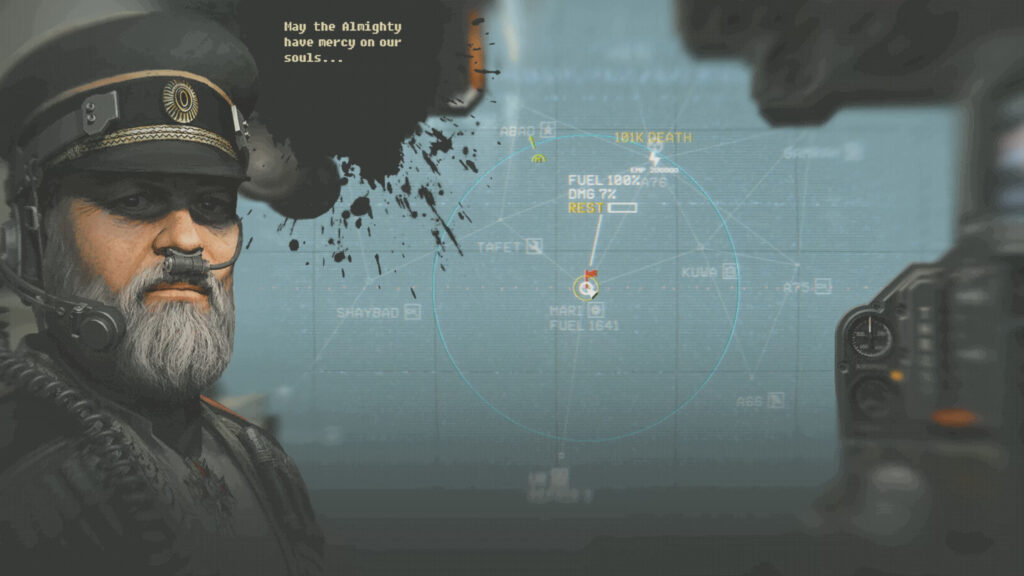
Cat & Mouse
HighFleet does a superb job in filling you with unease. While you’ll often fight smaller battle groups, there are 2-3 much larger “strike groups” that patrol the map. These are the crème de la crème of the enemy and are highly advanced and extremely deadly. As such you’ll always have to think strategic, as lingering too long at a settlement or allowing a trader to broadcast your position will soon have these groups on your case.
While it may seem that the odds are stacked against you, HighFleet does give you plenty of tools to tip the scales. For the strategic mind, there’s no end of ways to trick and deceive the enemy to lead them into an ambush, or even send them on a wild goose chase as your main group slips past unnoticed. One tactic I found useful was to outfit a single ship with enough electronic devices to stand out like a sore thumb. Once the enemy had detected it, I then sent it in the opposite direction as my main vessels silently rumbled onwards. It’s not a flawless strategy, and it didn’t work every time – but it helped out nonetheless.
Outfitting
At the start of your campaign, you’ll be given the option to select the three vessels that make up your group. These ships range from small and agile fighters, to heavily armoured carriers. Each available vessel comes with its own unique stats and abilities, and how to best utilise these comes within the strategy part of HighFleet’s offering. While it’s perfectly fine to venture through the game without upgrading your ships, there is quite a robust customisation suite.
Venturing into any settlement gives you the option to retrofit your ships how you see fit. Whether it’s adding armour, weapons, or even escape pods and hangar bays, each settlement allows you to swap and change your equipment. Naturally each upgrade you add also comes with its own strengths and weaknesses. Armour will obviously make your ship more resilient, however, it also ups its weight so it will need more fuel. Likewise, with adding weapons, you’ll also need to add loaders which then require more crew, who then need more crew quarters.
In a sense, this forces you into having a group of well-equipped ships, rather than one jack-of-all-trades. If you do want to venture down this route then HighFleet doesn’t penalise you for doing so, but you will make the game that much harder. Thankfully if like me you have no imagination, there’s also the ability to use ships designed by the community, as well as a shipbuilder away from the main campaign.
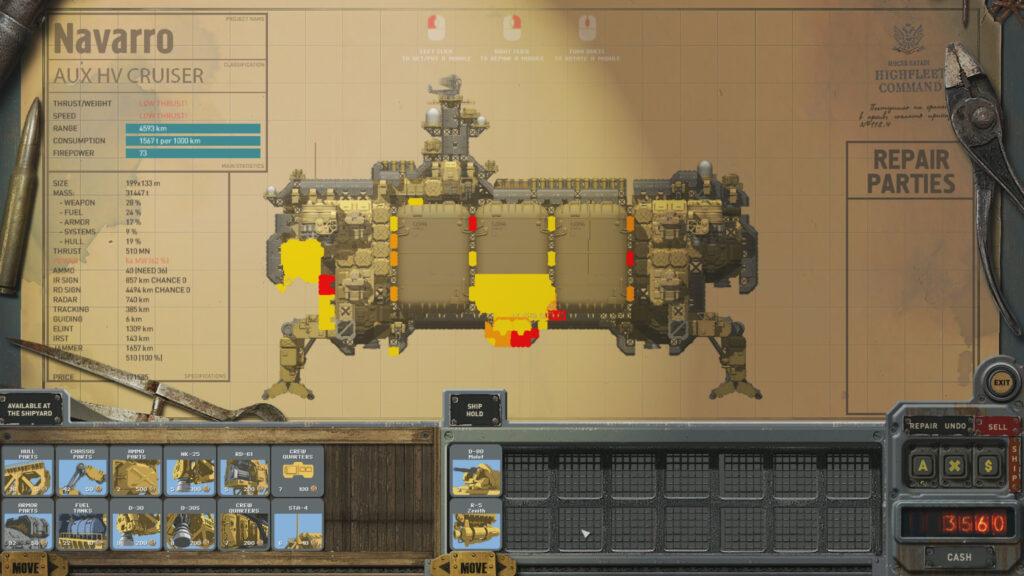
Controls
When it comes to actually playing Highfleet, controls take on two forms. Within the “fleet” view you’ll mainly be using your mouse to push buttons and flip switches. When it comes to combat, things switch to a more side-scrolling shooter style – albeit with a strategic twist. Going into battle sees you controlling your ship’s moment via WASD, whilst other keyboard buttons perform miscellaneous functions such as launching chaff, and activating your fire suppression. Aiming and shooting is all done via the mouse which when put together does make some battles a little chaotic. Not only will you have to wrestle with positioning your ship to maximise its damage, but you’ll also be keeping an eye on where your guns are targeting, and where the enemy is.
It’s not a particularly friendly way to blow stuff up, but it all adds to the high strategy that HighFleet oozes. It’s also worth mentioning too that you can only control one of your ships at a time. This will often see you take part in handicap battles where you have the disadvantage, and just shooting the enemy doesn’t often work. As such you’ll have to study what ships the enemy is sending after you, to then pick which one of yours is best equipped. But again, if you’re finding this too difficult then the HighFleet community has a wealth of guides and crazy ship blueprints to help you out.
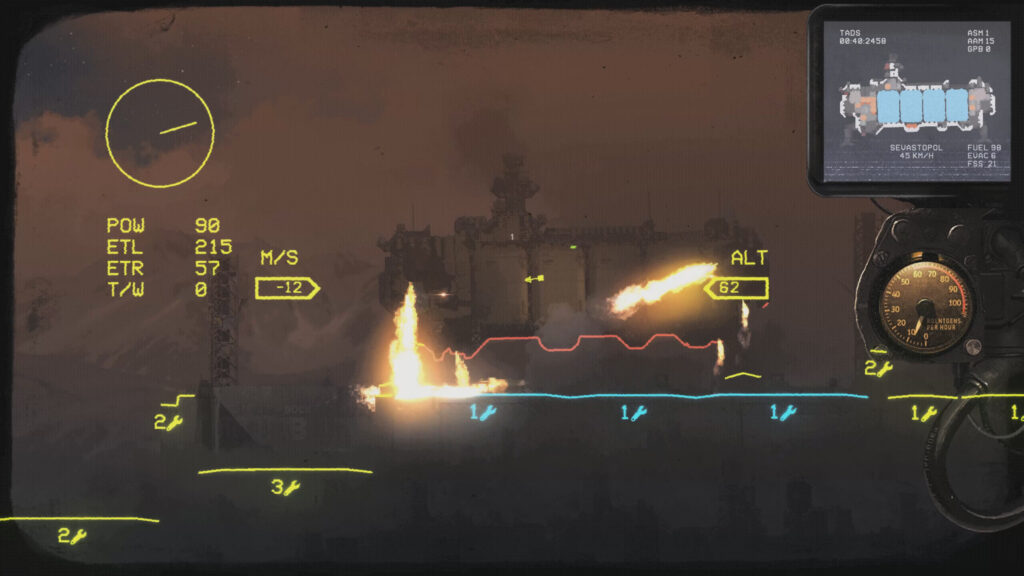
Presentation
HighFleet’s presentation consists of a retro-futuristic feel. View screens are mostly CRT style monitors which come complete with seizure-inducing scan lines. The main UI has a rusty feeling which gives the impression that the Romani Empire has literally bolted the panels to the side of your character’s screen.
There are also plenty of smaller details too. Each button has its own “click” and panels light up to show notifications and other tidbits of information. Combat is also awash with detail as bullets and missiles streak towards their targets, and thrusters bellow out smoke as they push your ship out of harm’s way. Sound is also well presented with every shot fired having a degree of weight behind it, and ships roaring about the arena. This brings everything together to create quite a visual feast, even if at times there’s a lot happening all at once.
Not For Everyone
As I’ve already mentioned, HighFleet is a deep tactile game that requires a fair degree of strategy to succeed. As such it favours a more long-term approach, rather than catering for the pick-up and play. While Konstantin Koshutin gives you the tools for success, he doesn’t necessarily tell you how to use them. Aside from a very brief tutorial, you’re left to your own devices. Naturally, this does lead to a more trial and error style of game which could put some people off. Yet if you stick with HighFleet and take the time to learn its mechanics – and from your mistakes – there’s a mechanically sound strategy title waiting for you to discover.
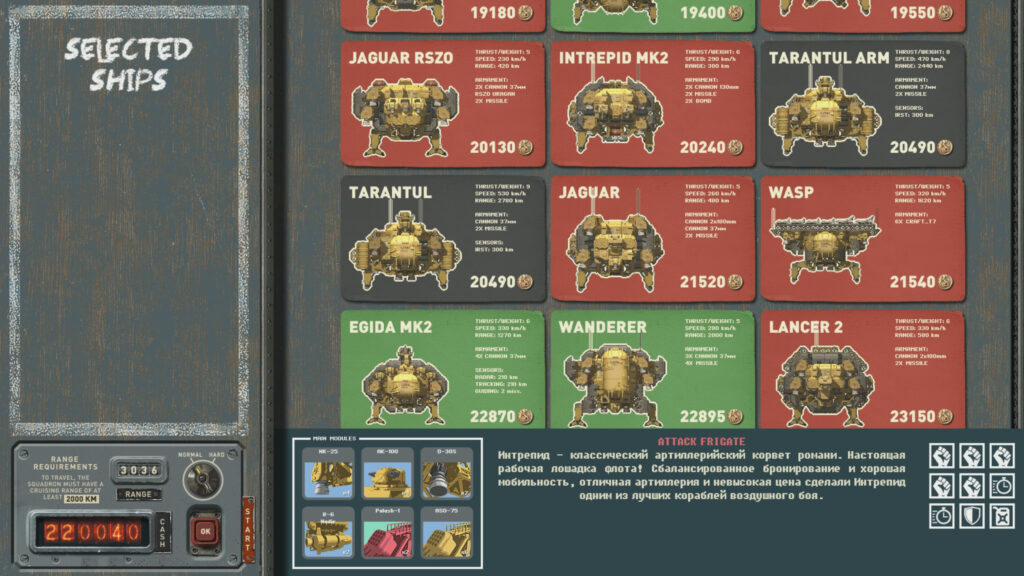
Summary
Overall HighFleet is a game that I’m glad to have discovered. What HighFleet does well is that it offers a very rich strategy element that has a multitude of different ways to succeed – and fail. It’s presented within a gorgeous low-poly – yet detailed – style that compliments the atmosphere of its story. However it’s also a title that’s not going to be to everyone’s tastes, and its lack of hand-holding and accessibility can feel a little overwhelming at times.
Rapid Reviews Rating

4 out of 5
4

You can find and read our reviews on OpenCritic.





